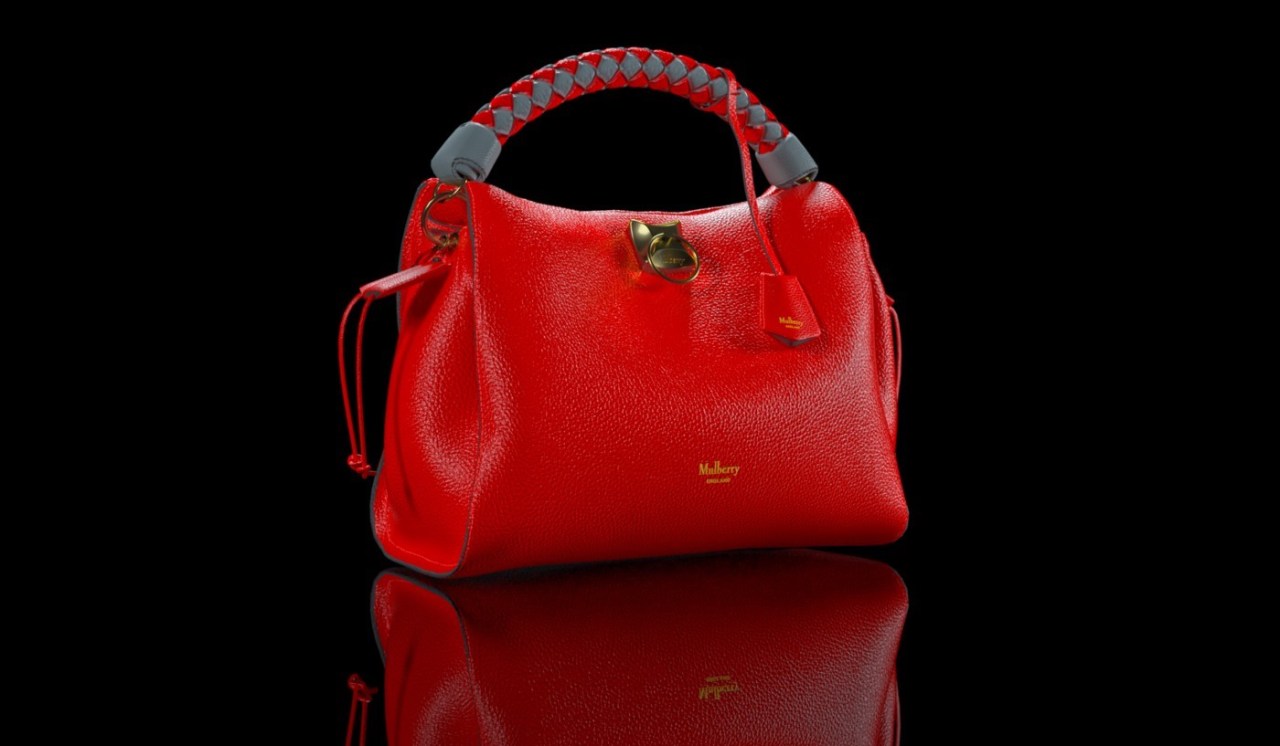As the pandemic ravaged global economies, the fallout for brick-and-mortar retail was particularly severe. The U.S. Census Bureau’s alarming report of an 8.7% drop in retail sales during March 2020 marked the largest monthly decline since the Great Recession. However, amid these obstacles, a silver lining has emerged in the form of augmented reality (AR)—a transformative technology that holds the key to reinvigorating the retail landscape. In this blog post, we will explore how AR-driven innovations are not just enhancing customer experiences but also redefining the relationship between consumers and retailers.
The Rise of Augmented Reality in Retail
The landscape of retail has dramatically shifted, prompting an urgent need for innovative solutions. Consumers increasingly prefer the convenience and safety of online shopping, but this has not come without challenges related to purchasing uncertainty. Enter augmented reality—a dynamic tool that offers a compelling virtual environment for consumers to engage with products from the comfort of their homes.
Bridging the Gap with Virtual Try-Ons
In an era when returns can cripple retailers, AR technology has paved the way for virtual try-ons, allowing consumers to “try before they buy.” No longer do shoppers have to guess their sizes or risk the hassle of returns and exchanges. Here are a few standout examples:
- Warby Parker: The eyewear brand leveraged Apple’s face-mapping technology to enable users to virtually fit glasses. Customers can see how frames look from different angles, aligning style with comfort.
- Gucci: By partnering with Wanna Kicks, Gucci introduced an AR app that enables shoppers to virtually try on sneakers simply by pointing their smartphone cameras at their feet.
- L’Oréal: This beauty giant acquired Modiface to provide shoppers with makeup simulations, offering tailored visualizations that guide consumers toward confident purchase decisions.
Luxury Retail and Craftsmanship Display
For luxury brands, the stakes are even higher. The need for a nuanced showcase of craftsmanship has led brands like Mulberry to invest in realistic AR experiences. Partnering with tech firm M-XR, they have created stunning 3D models to highlight the intricate details of their handbags. By ensuring that the materials and textures in their AR representations accurately reflect reality, they can engage discerning customers looking for authenticity and prestige.
Immersive Experiences Across Industries
AR is not just limited to fashion and beauty; it has permeated multiple sectors, including automotive and home goods. The BMW and Accenture partnership has made significant strides by offering consumers interactive, life-size car models, where customers can customize virtual cars via the iVisualiser app. Meanwhile, IKEA’s innovations allow consumers to envision furniture in their spaces before making decisions, creating an engaging shopping journey that reduces second-guessing and increases satisfaction.
Adapting to Evolving Consumer Expectations
As customer preferences head further into the digital realm, retailers that adapt will thrive. Experts argue the integration of AR into shopping should be seen as a natural evolution of consumer expectations. With each passing day, shoppers desire more immersive environments where they can explore, configure, and even collaborate without stepping into physical stores.
Steps for Retailers to Embrace AR
To harness the transformative power of AR, retailers need to take proactive steps:
- Identify Compelling Use Cases: Understand which products can benefit most from 3D visualization. Some categories lend themselves better to virtual experiences than others.
- Develop 3D Assets: Invest in creating quality 3D models. Although it might require a significant upfront investment, the potential return can be significant.
- Leverage Existing Platforms: Utilize robust AR platforms such as Apple’s ARKit or Google’s ARCore to create experiences that are both engaging and cost-effective.
Conclusion
In the current climate, the limits of traditional retail are being tested as never before. Augmented reality stands as a promising solution to not only enhance the shopping experience but also restore consumer confidence and loyalty amidst challenging circumstances. Retailers who embrace these innovative technologies are more likely to stay relevant and capable of countering the pandemic’s economic impact. At fxis.ai, we believe that such advancements are crucial for the future of AI, as they enable more comprehensive and effective solutions. Our team is continually exploring new methodologies to push the envelope in artificial intelligence, ensuring that our clients benefit from the latest technological innovations. For more insights, updates, or to collaborate on AI development projects, stay connected with fxis.ai.

